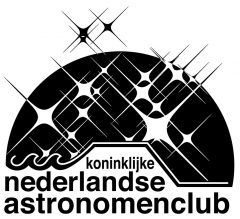Oral Abstract
Oral Contribution (O0.1) Inés Pastor-Marazuela (Anton Pannekoek Institute, University of Amsterdam)
Chromatic periodic activity in FRB20180916B
Fast Radio Bursts (FRBs) are short, extremely energetic extragalactic radio transients whose nature has puzzled researchers since they were first detected in 2007.FRBs had until recently been detected from 8 GHz down to 300 MHz, but lower-frequency emission had remained elusive. While most FRBs are only seen once, some are known to repeat. One of the most active sources, FRB20180916B, was found to be periodically active every 16.3 days, marking a breakthrough in the FRB field.
In this talk, I will detail our extensive follow up observations of FRB20180916B using the two Dutch radiotelescopes Apertif and LOFAR, thus spanning over a factor 10 in wavelength.
We detected 54 bursts with Apertif, and 9 bursts in simultaneous LOFAR observations, the first-ever detections of any FRB below 200 MHz.
Our observations permit us to characterise the activity window of this FRB at different frequencies, and we see its activity to be both narrower and peak earlier at higher frequencies than at lower frequencies. Furthermore, FRB20180916B appears to be more active at 150 MHz than at 1400 MHz.
With the detection of FRB20180916B at such low frequencies, we demonstrate that some FRBs live in clean environments that do not absorb or scatter low-frequency radiation. Additionally, the frequency-dependent activity windows have important implications on repeating FRB models; our results strongly disfavor scenarios in which absorption from strong stellar winds causes FRB periodicity.
